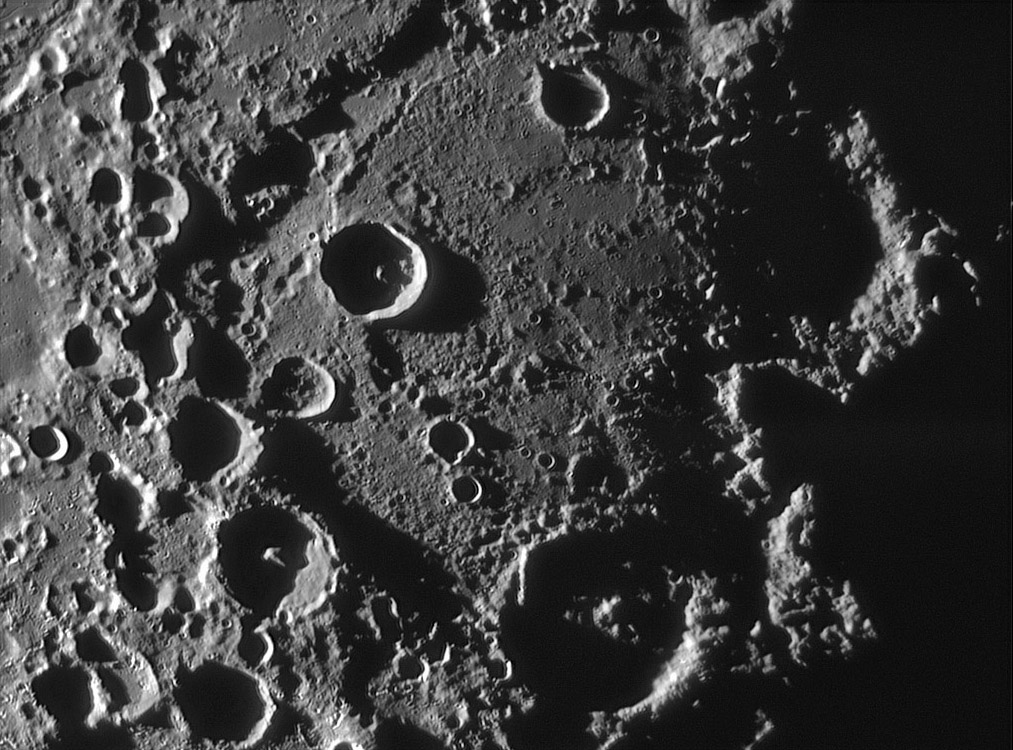Difference between revisions of "December 13, 2014"
| Line 1: | Line 1: | ||
__NOTOC__ | __NOTOC__ | ||
=The Left Side of Hell= | =The Left Side of Hell= | ||
| − | |||
<!-- ws:start:WikiTextHeadingRule:0:<h1> --> | <!-- ws:start:WikiTextHeadingRule:0:<h1> --> | ||
<!-- ws:start:WikiTextLocalImageRule:6:<img src="/file/view/LPOD-Oct10-08.jpg/41450163/LPOD-Oct10-08.jpg" alt="" title="" /> -->[[File:LPOD-Oct10-08.jpg|LPOD-Oct10-08.jpg]]<!-- ws:end:WikiTextLocalImageRule:6 --><br /> | <!-- ws:start:WikiTextLocalImageRule:6:<img src="/file/view/LPOD-Oct10-08.jpg/41450163/LPOD-Oct10-08.jpg" alt="" title="" /> -->[[File:LPOD-Oct10-08.jpg|LPOD-Oct10-08.jpg]]<!-- ws:end:WikiTextLocalImageRule:6 --><br /> | ||
| − | <em>image by [mailto:viladrich@club-internet.fr Christian Viladrich], France</em><br /> | + | <em>image by [mailto:viladrich@club-internet.fr" rel="nofollow Christian Viladrich], France</em><br /> |
<em>Originally published Oct. 10, 2008.</em><br /> | <em>Originally published Oct. 10, 2008.</em><br /> | ||
<br /> | <br /> | ||
Every new low Sun image reveals more aspects of the lunar surface. Christian's exquisite view of the odd crater Deslandres is no exception. It reveals the ruggedness of the topography at a scale of one to two kilometers. Little craters and hillocks litter the landscape, but these are just the most recent of features deposited there. With a diameter of 256 km, [http://the-moon.wikispaces.com/Deslandres Deslandres] must have originally been 5-6 km deep, but now its only about 1.6 km so there is a great deal of infill. Probably the largest contributions were deposits from the formation of the Humorum Basin, with some ejecta also from Imbrium and Orientale. A line of largish secondary craters on the left side of Hell (the crater on the left with the brilliant eastern rim) have uncertain parentage. Extending the line as a great circle in both directions fails to convincingly line up with any basin or large crater. Hmm. <br /> | Every new low Sun image reveals more aspects of the lunar surface. Christian's exquisite view of the odd crater Deslandres is no exception. It reveals the ruggedness of the topography at a scale of one to two kilometers. Little craters and hillocks litter the landscape, but these are just the most recent of features deposited there. With a diameter of 256 km, [http://the-moon.wikispaces.com/Deslandres Deslandres] must have originally been 5-6 km deep, but now its only about 1.6 km so there is a great deal of infill. Probably the largest contributions were deposits from the formation of the Humorum Basin, with some ejecta also from Imbrium and Orientale. A line of largish secondary craters on the left side of Hell (the crater on the left with the brilliant eastern rim) have uncertain parentage. Extending the line as a great circle in both directions fails to convincingly line up with any basin or large crater. Hmm. <br /> | ||
<br /> | <br /> | ||
| − | <em>[mailto:tychocrater@yahoo.com Chuck Wood]</em><br /> | + | <em>[mailto:tychocrater@yahoo.com" rel="nofollow Chuck Wood]</em><br /> |
<br /> | <br /> | ||
<strong>Technical Details</strong><br /> | <strong>Technical Details</strong><br /> | ||
| Line 16: | Line 15: | ||
<strong>Related Links</strong><br /> | <strong>Related Links</strong><br /> | ||
Rükl plates 64 & 65<br /> | Rükl plates 64 & 65<br /> | ||
| − | Christian's lunar [http://viladric.club.fr/astro/moon/closeup/closeup.html closeups]<br /> | + | Christian's lunar [http://viladric.club.fr/astro/moon/closeup/closeup.html" rel="nofollow closeups]<br /> |
<hr /> | <hr /> | ||
Revision as of 23:07, 4 January 2015
The Left Side of Hell

image by " rel="nofollow Christian Viladrich, France
Originally published Oct. 10, 2008.
Every new low Sun image reveals more aspects of the lunar surface. Christian's exquisite view of the odd crater Deslandres is no exception. It reveals the ruggedness of the topography at a scale of one to two kilometers. Little craters and hillocks litter the landscape, but these are just the most recent of features deposited there. With a diameter of 256 km, Deslandres must have originally been 5-6 km deep, but now its only about 1.6 km so there is a great deal of infill. Probably the largest contributions were deposits from the formation of the Humorum Basin, with some ejecta also from Imbrium and Orientale. A line of largish secondary craters on the left side of Hell (the crater on the left with the brilliant eastern rim) have uncertain parentage. Extending the line as a great circle in both directions fails to convincingly line up with any basin or large crater. Hmm.
" rel="nofollow Chuck Wood
Technical Details
24 August 2008, 3h41mUT. Celestron 14 (extender QX1.6 Takahashi) + Skynyx 2.1M video camera + Astronomik red filter; exposure time: 29 ms, gain: 10, 12 bits acquisition, 500 frames.
Related Links
Rükl plates 64 & 65
Christian's lunar " rel="nofollow closeups



